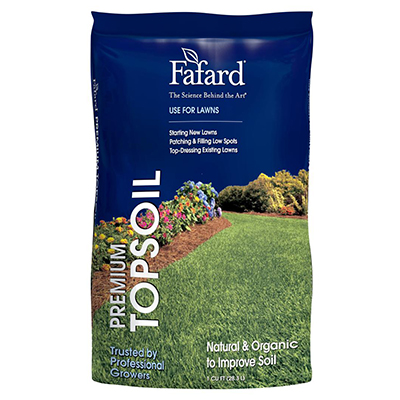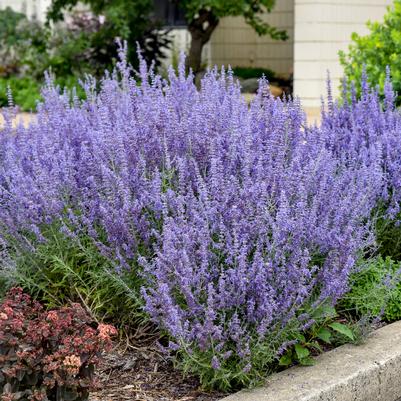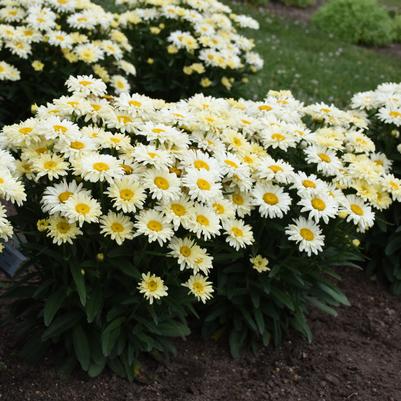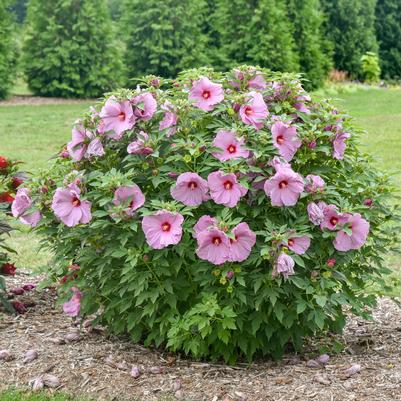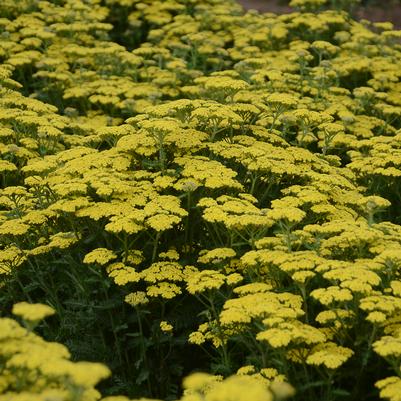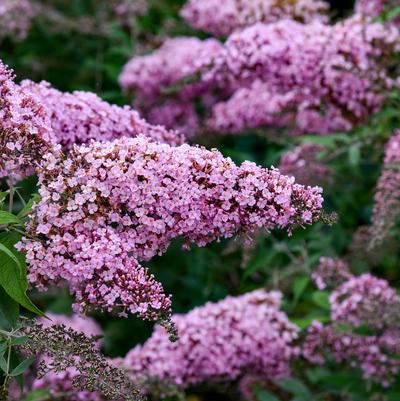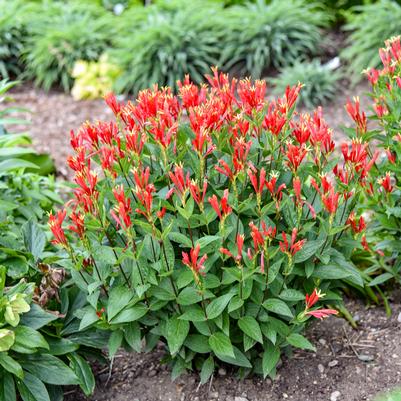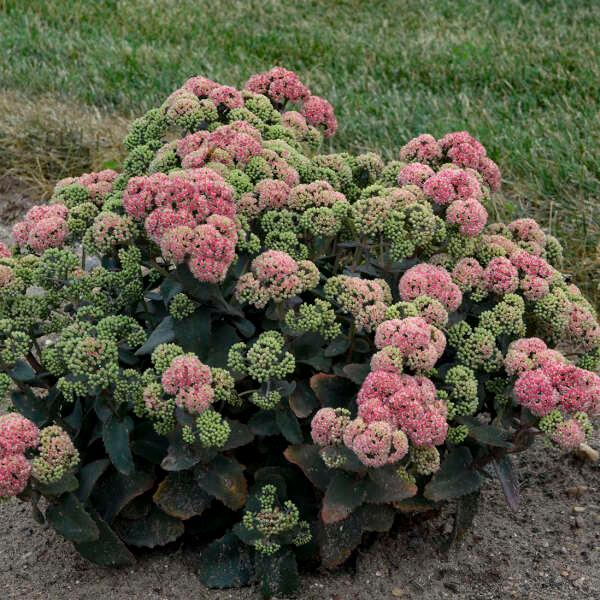
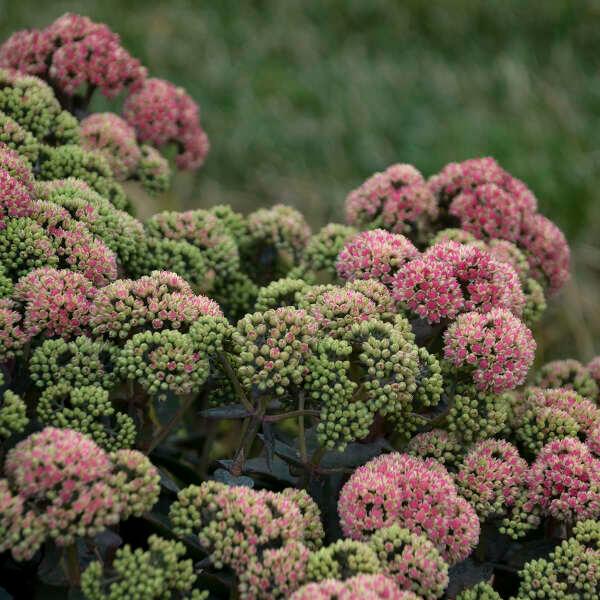


Sedum x Rock 'N Grow® 'Coraljade'
Coraljade Stonecrop
- Attracts butterflies
- Bee Friendly
- Rabbit resistant

- Category: Shrub
- Patent: PP33,958
- Breeder: Proven Winners
- Hardiness Zone: 3-9
- Height: 16-18 in
- Spread: 26-28 in
- Bloom Color: Pink Shades
- Foliage Color: Green Shades
Purchase options for Coraljade Stonecrop
- Size: 1 Gallon -
- Status: Sheared and/or Dormant
- Availability: Online
$24.00
Success Starts With Soil
Fafard Premium Natural & Organic Compost
$12.99
Add To CartThis new member of the ROCK 'N GROW® collection is a perfect counterpart to 'Lemonjade'. It has the same rich green foliage as the former, but instead of yellow flowers, the citron green buds bloom soft coral pink. A beautiful mix of green and coral when both buds and flowers are present. It holds its beautiful dome of flowers well even when other Stonecrop lodge.
Tall, upright sedums form substantial clumps of foliage which can be substituted for shrubs in the landscape. Their stout, sturdy stems support the massive flower heads which develop in summer and burst into bloom in fall. If left standing, they provide winter interest and food for birds.
Foliage Color
| • | Green |
Critter Resistance
| • | Rabbit Resistant |
Flower Color
| • | Pink |
Programs
| • | Proven Winners |
Season of Interest (Flowering)
| • | Fall |
Exposure
| • | Full Sun |
Soil Moisture
| • | Average Water |
Growing Tips for Sedum x 'Rock 'N Grow® 'Coraljade''
Place crown just at or below soil level.
Sedum is one of the most popular perennials grown in American gardens because it is very easy to grow and hardy in most areas of the country. Because of its thick, succulent leaves which can store water, sedum is drought tolerant. It should be sited in average to poor soil that is well-drained. Plants grown in rich soil tend to be lanky and open. Most varieties should be grown in full sun to light shade. The lower growing types, however, will survive in partial shade.
Pinching the taller varieties back by half in early summer will help prevent them from splitting. This plant is not usually bothered by pests or diseases. The seed heads of the taller varieties provide excellent winter interest and food for birds. Remove them in spring when the new growth begins to show.



